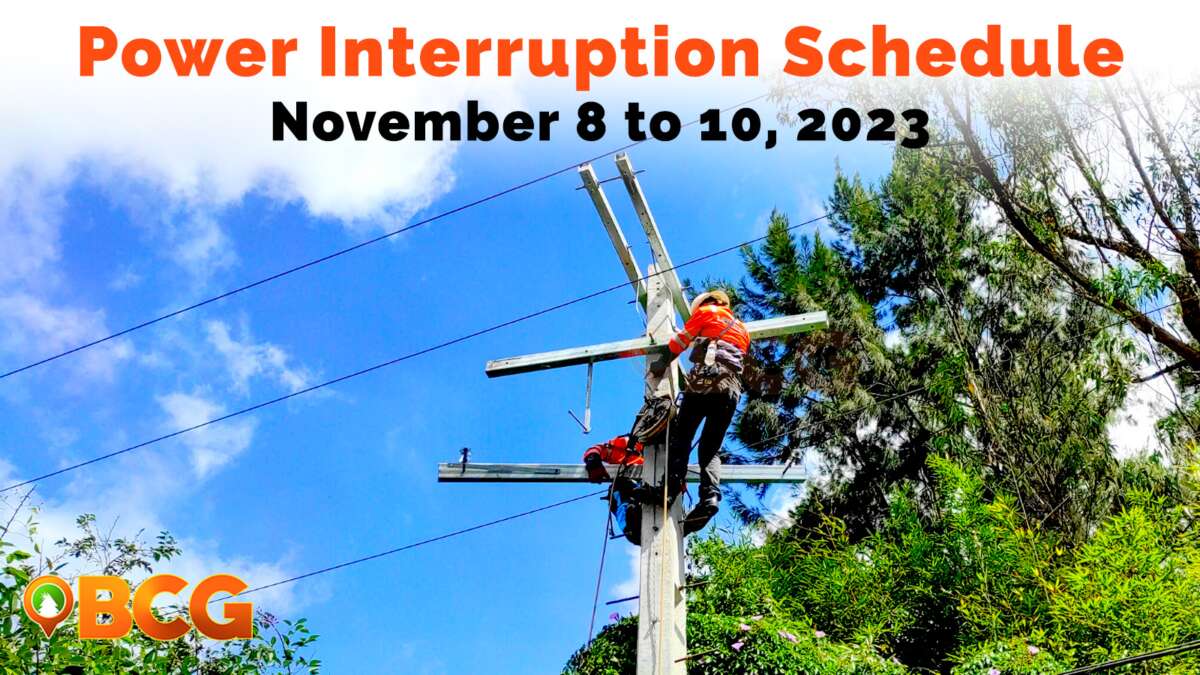50 New Planets Identified by an AI Algorithm from NASA’s Old Data
The existence of fifty (50) potential planets has been confirmed by scientists from the University of Warwick via a new machine learning algorithm.
A machine learning-based algorithm that can separate out real planets from fake ones in the large samples of thousands of candidates has been built by researchers from Warwick’s Departments of Physics and Computer Science and The Alan Turing Institute.
And according to them, it is the first time astronomers have used a form of artificial intelligence to analyze a sample of potential planets and determine which ones are real and which are fakes or false positives.
“In terms of planet validation, no-one has used a machine learning technique before. Machine learning has been used for ranking planetary candidates but never in a probabilistic framework, which is what you need to truly validate a planet. Rather than saying which candidates are more likely to be planets, we can now say what the precise statistical likelihood is. Where there is less than a 1% chance of a candidate being a false positive, it is considered a validated planet.”
– Dr David Armstrong, from the University of Warwick Department of Physics
The algorithm was trained using two large samples of confirmed planets and false positives from the now NASA’s Kepler mission and then it has been used on a dataset of still unconfirmed planetary candidates from Kepler.
Thus, resulting in fifty new confirmed planets which range from being as small as Earth to as large as Neptune. Since it has been confirmed that the said planets are real, astronomers can now prioritize these for further observations with dedicated telescopes.
“The algorithm we have developed lets us take fifty candidates across the threshold for planet validation, upgrading them to real planets. We hope to apply this technique to large samples of candidates from current and future missions like TESS and PLATO.”
– Dr David Armstrong, from the University of Warwick Department of Physics
The Algorithm can Be Faster than Existing Techniques
The algorithm is faster than existing techniques and can be completely automated, once built and trained. Such features make it ideal for analyzing the potentially thousands of planetary candidates that are observed in current surveys. Thus, according to the researchers, “it should be one of the tools to be collectively used to validate planets in future.”
In addition, Dr. Armstrong said, “Almost 30% of the known planets to date have been validated using just one method, and that’s not ideal. Developing new methods for validation is desirable for that reason alone.”
The researchers still have to spend more time training the algorithm. But once done, it will become easier to apply it to future candidates and to improve it progressively.
The University of Warwick Research/Study
The results of their study are published in the Monthly Notices of the Royal Astronomical Society on August 20, 2020 and it is called the “Exoplanet Validation with Machine Learning: 50 new validated Kepler planets.”
For More News and Updates
See more news updates. Often drop by our Baguio City Guide website and like and follow our official Baguio City Guide Facebook page to catch more of our content.
SOURCE
Oxford Academic|Monthly Notice of the Royal Astronomical Society













